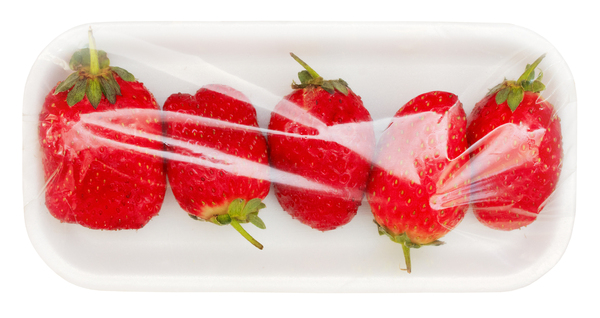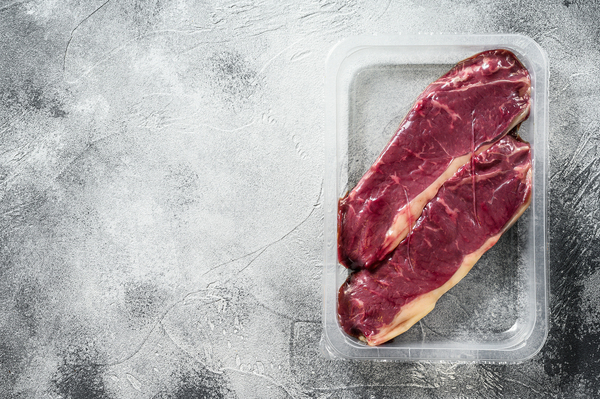
Globally, vacuum packaging is on the upswing. As a category of CPG packaging, vacuum storage models are expected to grow by an estimated CAGR of more than 4% through 2022 to $30 billion. What are some of the characteristics of vacuum packaging that are expected to propel this growth?
Defining Vacuum Packaging
Vacuum packaging is a category of CPG packaging. A shrink package encases the consumable product, and suction is applied to remove the oxygen. The product is sealed from external elements, thus increasing the shelf life and food safety of the product.
Shrinkwrapping is in the same CPG packaging category. Products are wrapped in film, and heat is applied to shrink the wrap and encase the item. Tiny air holes allow the oxygen to escape the package, so this method does not create a barrier between the outside environments nor increase shelf life.
Modified Atmosphere Packaging (MAP) is used in the vacuum packaging process. The technique uses common atmospheric gases like oxygen, carbon dioxide, nitrogen, or others, to extend a product's shelf life. MAP is often used on poultry and fish, fruits and vegetables, baked goods, or other prepared foods.

There are pros and cons to this form of CPG packaging, including:
Vacuum Packaging Pros
- Longer shelf life
- Protection from external elements
- Product is clear and visible
- Little chemical preservatives needed
- Quick, efficient process
- Reduced loss of products
- Affordable packaging process
- Low processing time
Vacuum Packaging Cons
- Proper gas and oxygen levels must be calibrated.
- Gasses can increase costs.
- Preservation is lost when package is opened.
- Add-on sealer tools may be needed depending on the product.
- Add-on labeling may be required.
- Vacuum bags can be difficult for the consumer to open.
The chief goal of vacuum packaging is to prevent oxidation reactions such as loss of vitamins, browning, or pigment loss in the product. It inhibits mold, and products like meat can last several weeks under refrigeration.
Business Wire suggests the popularity of vacuum packaging is driven by consumer popularity and the advantages offered to retailers, but some of the growth restraints are a growing consumer awareness of plastic waste. A significant benefit of this type of CPG packaging is that there is no empty space inside the packaging as the plastic is drawn tight to the product. Products such as ground coffee can be stored as bricks, minimizing storage and distribution.
What’s Driving Demand for Vacuum CPG Packaging?
Consumers like the convenience of the vacuum seal. This CPG packaging model allows easy handling and portability coupled with guaranteed freshness and the security of food safety.
The hygiene and quality of food is a top CPG packaging priority. Consumers have shown they are willing to make choices based on these concerns are willing to spend more for safe and hygienic foods. Vacuum CPG packaging allows consumers to visually inspect the products they buy for freshness and quality. Industries such as the pharmaceutical, industrial, and CPG packaging are all paying close attention to these trends. Watch for the popularity of vacuum packaging to increase as a result.
PKG Brand Design is always on the forefront of new CPG branding and packaging initiatives; please subscribe to our blog for the latest package design industry news!



-min-2.png)



